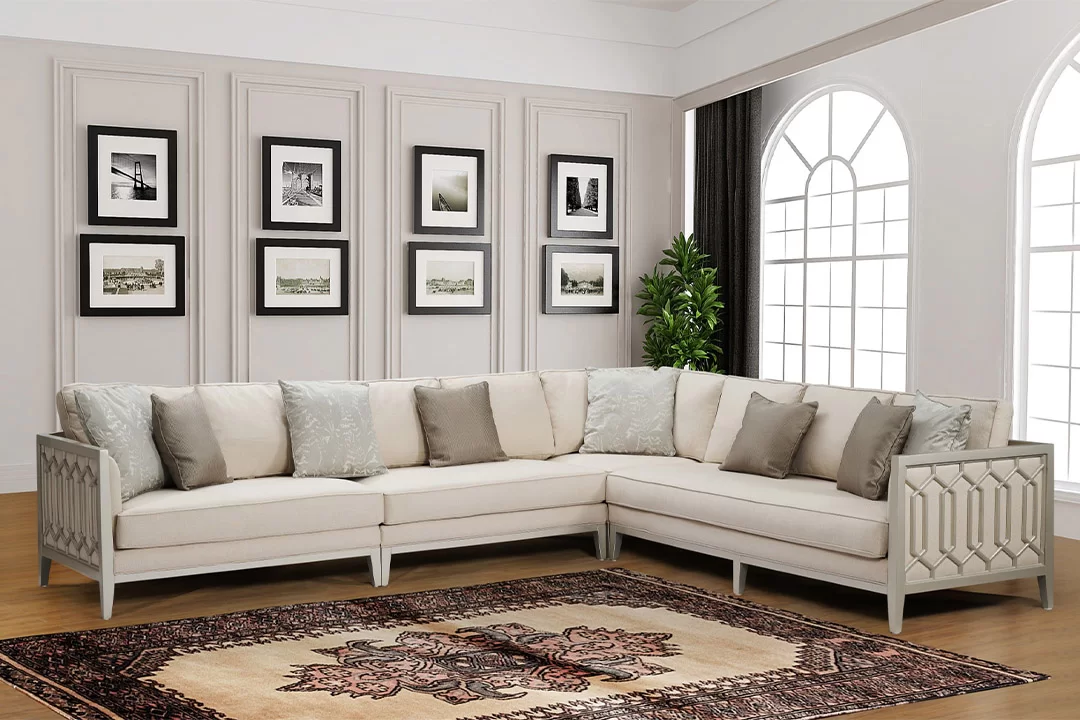
Furnishing your home is not just about filling empty spaces with furniture; it’s about creating a space that reflects your personality and style. It’s about creating a haven where you can relax, unwind, and feel at home.

When choosing furniture, it’s important to consider the following factors:
Quality
Don’t skimp on quality when choosing furniture. Well-made furniture will last longer and look better.
Shopping
Once you know what you need, it’s time to start shopping.
Trying Furniture Before You Buy
Before you buy any furniture, be sure to try it out.
Once you have your furniture, it’s time to arrange it.
Color
Color can have a big impact on the mood and feel of a room.
Additional Tips
By following these tips with qsf store, you can create a beautiful and functional home that reflects your unique style.
All rights reserved to Qasr Al Saraya website @ 2021 – Designed by Amazing Systems for Information Technology